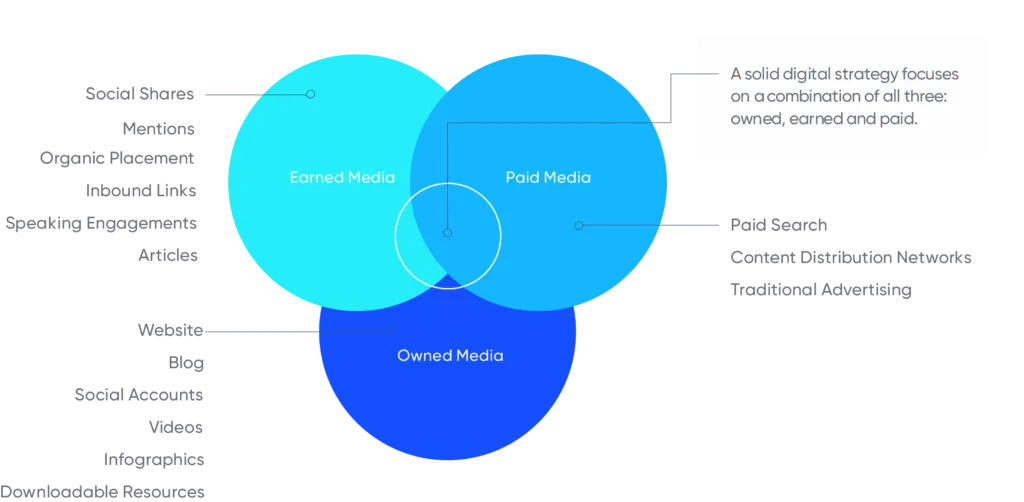The coronavirus pandemic has changed consumer behavior, and therefore changed the way we reach our consumers. As 73% of advertisers have modified or developed new assets since the start of the global pandemic, you may be wondering just how marketing has changed due to COVID-19. To start, you’ll need to have a good understanding of your marketing metrics, or the “measurable values used by marketing teams to demonstrate the effectiveness of campaigns across all marketing channels.”
When an event, or in this case, a global pandemic alters the way your audience consumes content, it’s in your best interest to measure the success of your current marketing tactics and make the appropriate changes!
With that in mind, let’s take a look at how you should be keeping an eye on your marketing metrics amidst COVID-19.
Review The Timeline
Look at past metrics
Be sure to examine your marketing metrics during a period of time before the pandemic. This will give you something to compare your metrics to, allowing you to understand where and why your metrics are changing—and if the pandemic had an influence. If you already track metrics, this could be a quick double-check of the numbers, however, you may want to consider examining additional reports. With this, try segmenting your audience to provide a clearer picture of how your strategy is working to reach your targeted consumers.
Check your metrics more frequently
Because of COVID-19, and the rapidly changing digital landscape, you’ll want to check your performance metrics more frequently to keep up with all pandemic-related developments and how they’ve affected your audience’s behavior. Keep an eye on key dates for the audiences you serve, including when stay-at-home orders took place, when restrictions were lifted or put back in place, and when relief bills were passed in order to provide insights into customer behavior. Then, make note of any changes in your marketing strategy or messaging that could have impacted your marketing’s performance.
Review Audience Behavior Metrics
Now, take some time to look at your audience’s behavior trends on a more microscopic level. At this point, you’ll want to look for general audience behavior – not just their reaction to specific content. With many of your customers still working from home, people are online more than ever. With that being said, it may be time to experiment with the timing of your advertisements or types of content you’re marketing.
Check when your audience is online
Since people are now online throughout the entire day, you may want to look into the average times your consumers are now spending on their devices to determine how you’ll want to address your content posting strategy. This may be similar to the timing you already had in place, or it may be completely different. Experiment with different posting times to see what works best, and then continue to reevaluate.
Try new types of content
Your audience is most likely viewing more content than ever before, so now is the time to be creative and try new ways to engage with your consumers. With video content from platforms such as TikTok paving the way in this new age of social media, taking a dive into the short-form video content game or hosting webinars could be your next play. But be sure to pay attention to the specific audience you are targeting when doing so.
Review Content Consumption Metrics
Compare content metrics
When it comes to content, you’ll want to compare your metrics side by side. Take a look at all aspects of your marketing campaigns including:
- Distribution method: Emails, blogs, social media, etc.
- Content subject matter: What topics are you addressing?
- Target audience: Who are the types of people you’re trying to reach?
- Time of publication: Day of the week and time of day
This will allow you to determine what’s behind any changes in performance or customer priorities.
Tip: Have you tried customer surveys in the past? Customer surveys gain insight into what may have impacted your consumers and how they interact with your marketing or content in general.
Understand your consumers’ needs
With more and more people spending time online, you may even see a resurgence of old content that customers are still finding useful. Try utilizing online keyword search programs, like SEMrush to help you understand what people are searching for so you can choose the best topics for your future content.
Try different content distribution methods
It’s important at this time to also examine your content distribution and the ads served around that content.

Keep in mind any spikes or drops in performance that correlate with the key dates you noted previously. Put more resources into using distribution methods that have maintained or increased in popularity.
Also, pay attention to your competitors’ strategies. Use this as ammunition for ideas and be ready to compete with them on new platforms.
Pyxl can help!
Need help tracking your marketing metrics to reflect the continuous consumer changes due to COVID uncertainty? Pyxl can help! If your business has been impacted by COVID-19, we can help you create a new strategy process with your team and we’ll work alongside you every step of the way to make sure you’re getting what you need to satisfy your business goals during this time.
Or download our “Planning a Digital Marketing Strategy for Business Post-Pandemic” for some tips on how to review your brand, realign your business development strategy, and revise your digital marketing plan.
Updated: Apr 13, 2022
 Bonnie Winter
Bonnie Winter Kati Terzinski
Kati Terzinski Erin Murray
Erin Murray